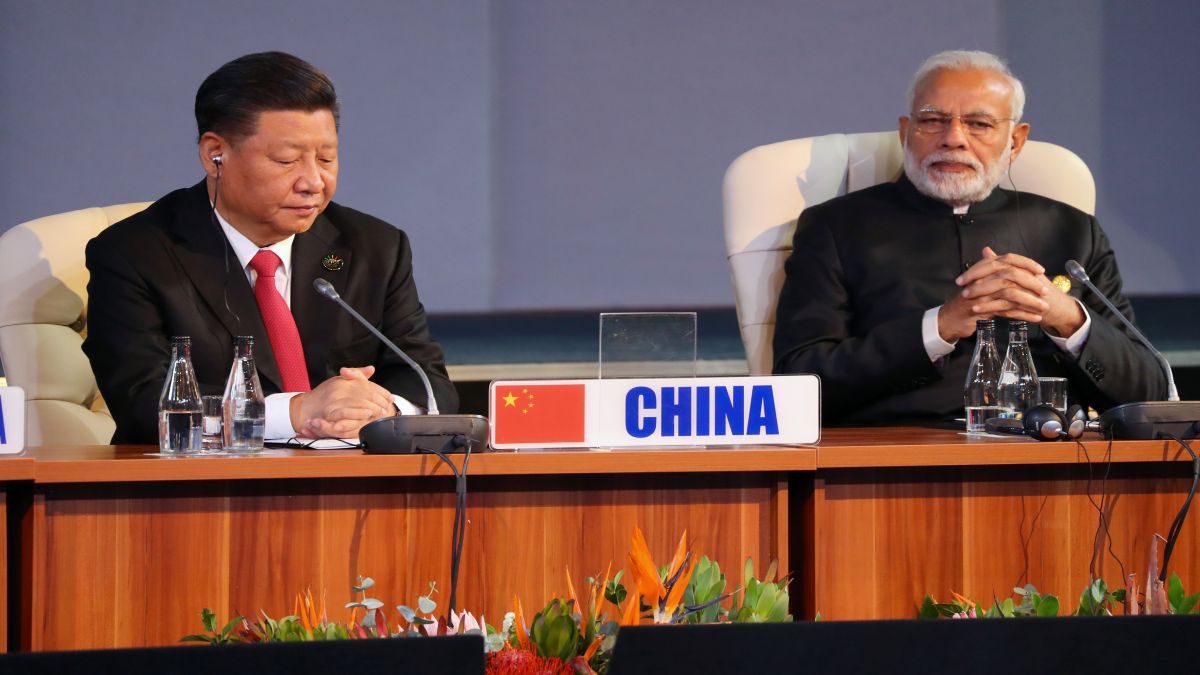Five years after the deadly clashes in Ladakh’s Galwan Valley, India and China are in talks to resume border trade, according to a report.
In early 2020, Chinese forces mounted incursions at multiple locations on the Line of Actual Control (LAC), the de facto border between the two countries, and clashed with Indian personnel. In June 2020, Chinese troops attacked Indian soldiers and killed 20 Indian Army personnel , plunging the India-China relationship to the lowest point since 1962 when the two countries fought a war.
In the latest step to stabilise the ties, Bloomberg has now reported that India and China are discussing resuming border trade of locally made goods.
The border trade was shut in 2020 as the Covid-19 pandemic, which began in China’s Wuhan, was raging. As the India-China relationship soon nosedived from border tensions, the trade was reopened.
The report said that India and China have proposed restarting trade through designated points on the border and the matter is currently under bilateral discussion. Previously, India and China had traded locally-produced goods like spices, carpets, wooden furniture, cattle fodder, pottery, medicinal plants, electric items, and wool through three designated points along the LAC.
However, the resumption of border trade will be largely symbolic and will not mean much as it accounts for a tiny fraction of the overall trade. In 2017-18, the last year for which border trade data is available, the India-China border trade was $3.16 million, which was less than 0.1 per cent of the overall trade by value.
Impact Shorts
More ShortsWhile India did not comment on the report, Chinese foreign ministry said that it is “willing to step up communication and coordination with India” on the matter. It further said that “border trade between China and India has long played an important role in improving lives of the two countries’ border residents”.
Over the past year, India and China have taken steps aimed at stabilising the relationship, such as India and China partially resolving the Ladakh standoff, China resuming the Kailash-Mansarovar Yatra, and India resuming visas to Chinese tourists.
However, India-China relationship remains far from normal and tensions and distrust continue to dominate it. Despite such steps, China has continued to undermine India even if those acts have not made frequent headlines.
For example, China has stopped the supply of rare earths to India even though it has resumed supplies to other countries. China has stopped the supply of speciality fertilisers to India. China has banned its engineers from working in mobile factories in India to hurt India’s manufacturing ambitions and companies diversifying their manufacturing and supply chains out of China. Above all, China has continued to support Pakistan to the hilt against India.
ALSO READ: LAC patrolling may be back to pre-2020 level, but India-China ties are headed to new normal
In May when India and Pakistan clashed for four days, Pakistani weapons, warplanes, and military systems were its military’s mainstay against India. The Chinese-Pakistani integration was such that Lieutenant General Rahul R Singh, the deputy chief of the Indian Army, said that China was fighting India via a backdoor .
“We had one border and two adversaries — actually three. Pakistan was in the front. China was providing all possible support — 81 per cent of the military hardware with Pakistan is Chinese…China is able to test its weapons against other weapons, so it’s like a live lab available to them. Turkey also played an important role in providing the type of support it did,” Singh further said.
)